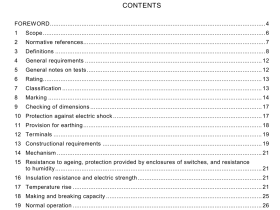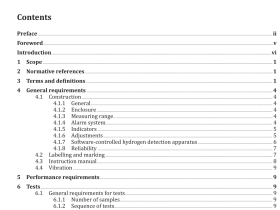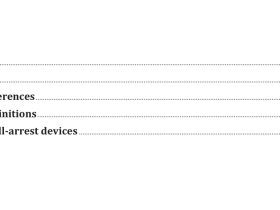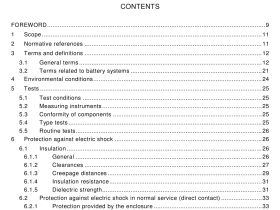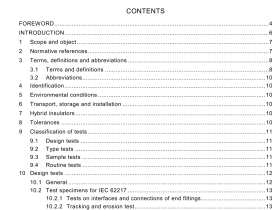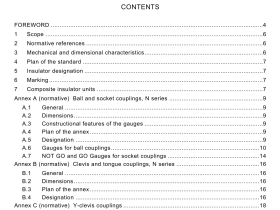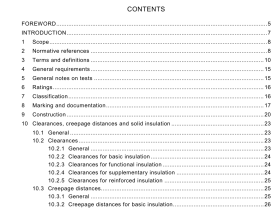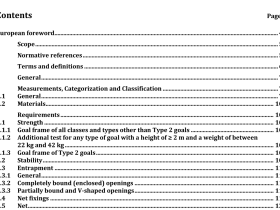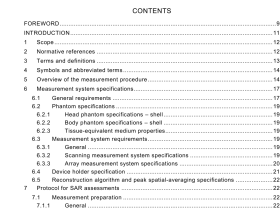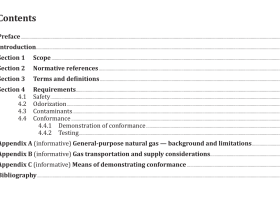AS 19880.3 pdf download
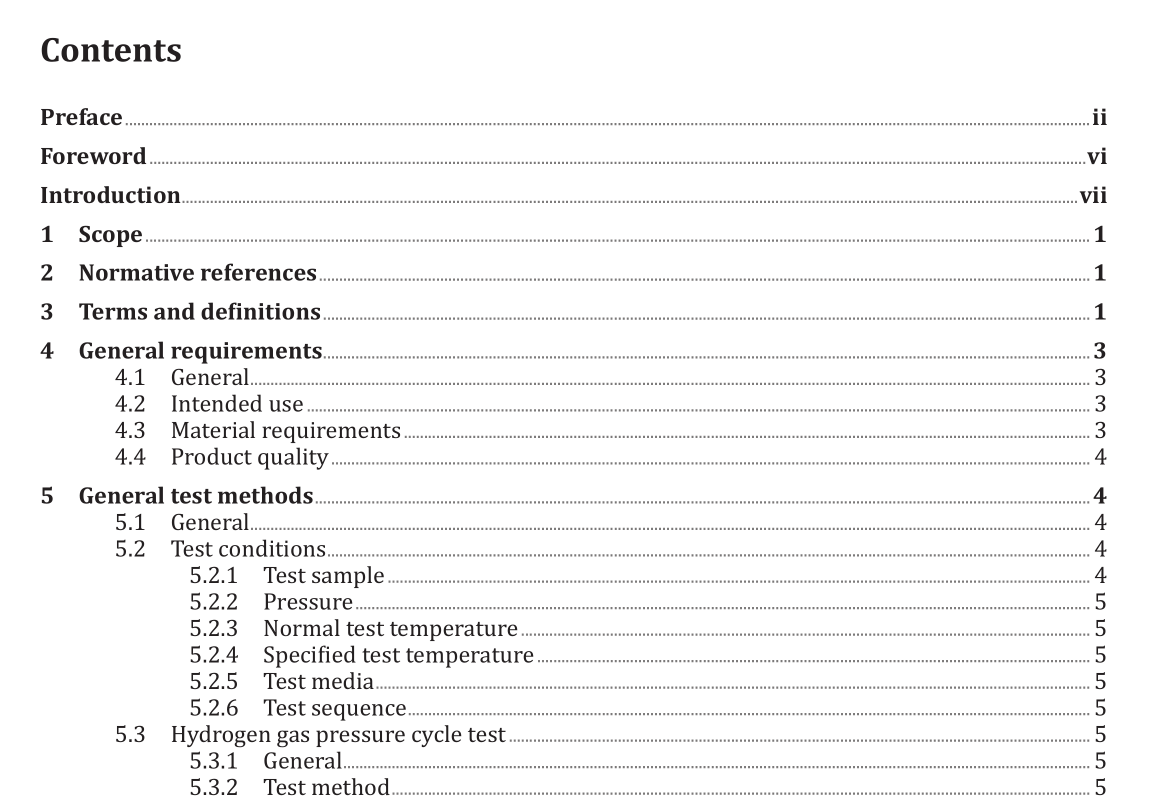
AS 19880.3 pdf download.Gaseous hydrogen — Fuelling stations
3 Terms and definitions
For the purpose of this document, the following terms and definitions apply. ISO and IEC maintain terminological databases for use in standardization at the following addresses: 一IEC Electropedia: available at http://www.electropedia.org/ – – ISO Online browsing platform: available at https://www.iso.org/obp 3.1 allowable temperature range minimum and maximum temperatures for which the manufacturer has designed the equipment (or any part to which the term is referred) when handling the specified fluid at the specified pressure 3.2 component pressure rating maximum allowable pressure at which it is permissible to operate a component as specified by the manufacturer at a specified temperature Note 1 to entry: Further guidance on dispenser pressure terminology is found in ISO 19880-1.
3.3 Cv value <flow coefficient> coefficient to represent the flow rate of fluid that a valve is capable of handling Note 1 to entry: Cv is the flow coefficient of a valve with the fluid at 15,56 °C under a pressure difference of 6894 N/m2. Note 2 to entry: There are different types of flow coefficients including Cv, Kv and Av. 3.4 dispenser system downstream of the hydrogen supply system comprising all equipment necessary to carry out the vehicle fuelling operation, through which the compressed hydrogen is supplied to the vehicle Note 1 to entry: As an example, the dispenser can include a dispenser cabinet, gas flow meter, a fuelling hose and fuelling nozzle attachments. 3.5 hydrogen service level HSL pressure level in MPa used to characterize the hydrogen service of the dispenser based on the NWP rating of the vehicle Note 1 to entry: The numerical value of HSL also matches the number after the“H” in Pressure Class. Note 1 to entry: Hydrogen service level is expressed in MPa. 3.6 maximum allowable working pressure MAWP maximum pressure permissible in a system at the temperature specified for the pressure Note 1 to entry: The maximum allowable working pressure may also be defined as the design pressure, the maximum allowable operating pressure, the maximum permissible working pressure, or the maximum allowable pressure for the rating of pressure vessels and equipment manufactured in accordance with national pressure vessel codes.
4 General requirements
4.1 General This document defines proof of design [type) tests for valves, designed and manufactured under existing standards that are intended for use in hydrogen fuelling stations. The requirements contained within this document are intended to provide performance-based tests to verify capability of valves for high pressure hydrogen service but not to prevent alternative methods to demonstrate acceptable capability. Valves that have extensive, successful service at comparable design conditions with similarly proportioned components made of the same or like material are not required to perform verification tests defined in Clauses 5 through 12 of this document if allowed by applicable codes and regulations. Components shall comply with all construction specifications set forth herein, or their construction shall demonstrate at least equivalent performance. 4.2 Intended use The quality of hydrogen fuel dispensed to vehicles is defined in ISO 14687. The design, manufacture and operation of valves constructed in accordance with this document shall not introduce contamination to the hydrogen passing through or in contact with them. 4.3 Material requirements Resistance to chloride stress corrosion cracking shall be taken under consideration if selecting stainless steel materials. Resistance to sustained load cracking shall be taken under consideration if selecting aluminum materials. Materials normally in contact with hydrogen shall be determined to be acceptable in hydrogen service, with particular attention to hydrogen embrittlement and hydrogen accelerated fatigue. Materials and design shall be such that there will be no significant change in the functioning of the device, deformation or mechanical change in the device, and no harmful corrosion, deformation or deterioration of the materials.
